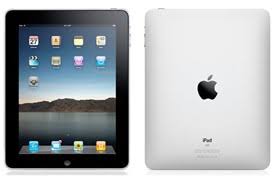Which kind of computer?
Type of Computers
 Laptop
Laptop- a
portable computer designed to fit on th lap (although most people use them on a table or desk). It carries out the same functions as a desktop computer but in a compact version that is alight enough to be carried around
 Notebook
Notebook- similar to a laptop but even more compact. The name comes from its small size, comparing it with the size, comparing it with the size of a notebook.
 Netbook
Netbook- similar to a notebook but designed mainly for wireless communication via email, messaging and access to the internet.
A netbook is usually cheaper and has a lower
specification compared to laptops and notebooks. They increasingly have a solid state memory.
 Personal Digital Assistant (PDA)-
Personal Digital Assistant (PDA)- a portable device that is small enoughg to hold in the palm of a hand. It usually contains address book, note-making features, telephone and Internet facilities. It allows data to be exchanged with computers.
 Desktop computers
Desktop computers are probably the type of computer you are most familiar with. They come with a monitor (now usually a TFT screen), keyboard, mouse, CD-RW and a DVD-RW or at least a DVD-ROM
 Mainframe computers
Mainframe computers are very large powerful computer systems that are usually at the heart of a business. The mainframe computer will have a very powerful processor, large amounts of main memory and a huge backing storage capacity. They are accessed through one or more
terminals. Terminals consist of a screen, keyboard, mouse but no processor as all the processing is done by the mainframe.
 Ipad
Ipad The iPad is a tablet computer produced by the marketing geniuses over at Apple

The
Amazon Kindle is a series of e-book readers produced by Amazon.com. Amazon Kindle enable users to shop for, download, browse, and read e-books, newspapers, magazines, blogs, and other digital media via wireless networking.
[1] The hardware platform, developed by Amazon.com subsidiary Lab126, began as a single device and now comprises a range of devices — most using an E Ink electronic paper display capable of rendering 16 tones to simulate reading on paper while minimizing power consumption.
No comments:
Post a Comment